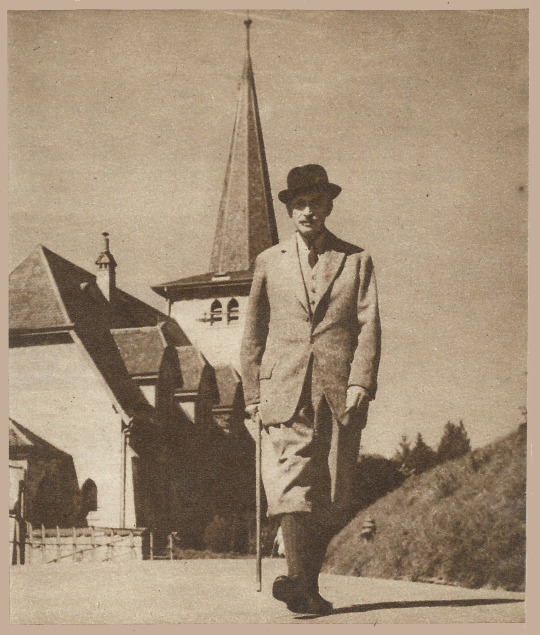#mannerheim
Text



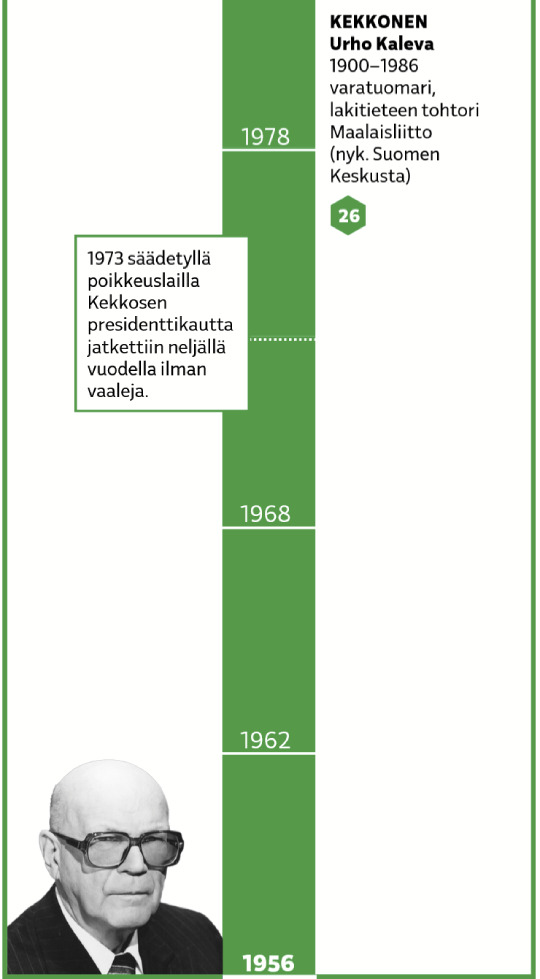


#suomi#finland#finnish#suomeksi#historia#alexander stubb#sauli niinistö#tarja halonen#martti ahtisaari#mauno koivisto#kekkonen#juho paasikivi#mannerheim#risto ryti#kyösti kallio#perh evind svinhufvud#lauri kristian relander#kj ståhlberg#*
20 notes
·
View notes
Quote
To think such a wonderful brain dwells inside such a barbarian human.
Mannerheim to Ash
2 notes
·
View notes
Text
I am 100% serious when I say that Mannerheim is the great Satan of Finnish history. He put people in internment camps, fought for Hitler, committed war crimes so heinous that special laws were passed to retroactively make then legal. He absolutely should have been hanged at Nuremberg.
4 notes
·
View notes
Photo

Today we celebrate the Flag Day of the Finnish Defence Forces and birthday of C.G.E Mannerheim.
Mannerheim’s birthday, the 4th of June, was nominated the Flag Day of the Defence Forces by a decision of the government on 4 June, 1942.
The Flag Day is celebrated with a national parade, rewardings and promotions. Congratulations to those promoted and decorated!
••••••••
Tänään vietetään puolustusvoimain lippujuhlan päivää ja Suomen Marsalkka Mannerheimin syntymäpäivää.
Puolustusvoimien lippupäiväksi nimettiin 4.6.1942 valtioneuvoston päätöksellä Mannerheimin syntymäpäivä, kesäkuun 4. päivä.
Tänä päivänä järjestetään valtakunnallinen paraati ja suoritetaan palkitsemisia ja ylentämisiä. Onnittelut kaikille puolustusvoimien lippujuhlan päivänä ylennetyille ja palkituille!
••••••••
[ Atelier Rembrandt, Helsinki 1919 ]
#Mannerheim#finland#ww2finland#Suomi#suomisodassa#colorized#colourised#colourized#colorised#history#war history#WWII History#ww2history#wwiihistory#jhlcolorizing#sotahistoria
10 notes
·
View notes
Text
I’ve watched the fourteenth episode of “Banana Fish”. It has a new opening! (Spoilers!) Well, while Ash is in the hospital (alive and recovering from the operation), Eiji and Sing are released from prison. Well, Sing is released, Eiji is kidnapped by Yut-Lung, who has neutralized his elder brother (not killed yet, but drugged). The Chinese doesn’t actually do anything with Eiji and doesn’t use him in any way, just tells him nasty things about Ash and their relationship. Really, You’re such a poisonous snake, Yut-Lung. In the hospital life also goes on, policemen and lawyers visit Ash. There is even a murderous assault happens, but Ash wasn’t born yesterday, so he manages to beat the false-nurse who tried to poison him, but, unfortunately, she broke her neck herself, so we don’t know who sent her. One of the lawyers makes Ash pass some tests – IQ and psychology, after that Ash’s case is now under FBI jurisdiction. Or is it? Well, some guys who want Ash to think that they are from the FBI take him to doctor Mannerheim. Sounds spooky enough itself, moreover, TV tells everybody (including Sing and Eiji) that Ash is dead. P.S. Seriously, in this serious episode, they made a silly joke about nurses wanting to look Ash piss?!

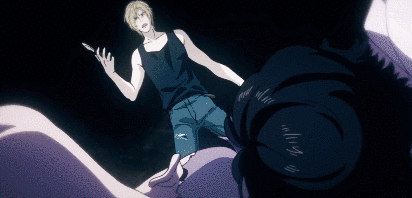









#cartoon#anime#banana fish#cartoon series#anime series#ash lynx#eiji okumura#lee yut-lung#sing soo-ling#dino golzine#mannerheim#ash x eiji
3 notes
·
View notes
Text


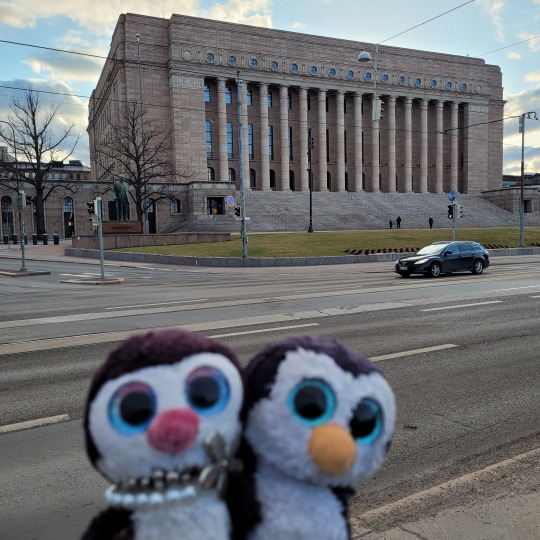



2022/04/29
De camino al hotel encotramos muchos muebles como si estuvieran abandonados y apilados, la estatua del primer presidente de Finlandia, el edificio del Parlamento, una obra de arte en una caja de electricidad y una iglesia que alberga el Museo Nacional.
On the way to the hotel we found a lot of furniture as if it were abandoned and piled up, the statue of the first president of Finland, the Parliament building, a work of art in an electricity box and a church that houses the National Museum.
Google Translation into Portuguese:
No caminho para o hotel encontramos muitos móveis como se estivessem abandonados e empilhados, a estátua do primeiro presidente da Finlândia, o prédio do Parlamento, uma obra de arte em uma caixa de eletricidade e uma igreja que abriga o Museu Nacional.
Google translation into Italian:
Sulla strada per l'hotel abbiamo trovato molti mobili come se fossero stati abbandonati e ammucchiati, la statua del primo presidente della Finlandia, il palazzo del Parlamento, un'opera d'arte in una scatola elettrica e una chiesa che ospita il Museo Nazionale.
Google Translation into French:
Sur le chemin de l'hôtel, nous avons trouvé beaucoup de meubles comme s'ils étaient abandonnés et entassés, la statue du premier président de la Finlande, le bâtiment du Parlement, une œuvre d'art dans une boîte électrique et une église qui abrite le Musée national.
Google Translation into Arabic:
في الطريق إلى الفندق وجدنا الكثير من الأثاث كما لو كان مهجورًا ومكدسًا ، تمثال أول رئيس لفنلندا ، ومبنى البرلمان ، وعملًا فنيًا في صندوق كهربائي وكنيسة تضم المتحف الوطني.
Google Translation into German:
Auf dem Weg zum Hotel fanden wir viele Möbel, die wie verlassen und aufgestapelt waren, die Statue des ersten finnischen Präsidenten, das Parlamentsgebäude, ein Kunstwerk in einem Elektrokasten und eine Kirche, die das Nationalmuseum beherbergt.
Google Translation into Albanisch:
Rrugës për në hotel gjetëm shumë mobilje të braktisura dhe të grumbulluara, statujën e presidentit të parë të Finlandës, ndërtesën e Parlamentit, një vepër arti në një kuti elektrike dhe një kishë që strehon Muzeun Kombëtar.
Google Translation into Czech:
Cestou do hotelu jsme našli spoustu nábytku, který byl opuštěný a nahromaděný, sochu prvního finského prezidenta, budovu parlamentu, umělecké dílo v elektrické skříňce a kostel, ve kterém sídlí Národní muzeum.
Google Translation into Greek:
Στο δρόμο για το ξενοδοχείο βρήκαμε πολλά έπιπλα που ήταν εγκαταλελειμμένα και στοιβαγμένα, το άγαλμα του πρώτου προέδρου της Φινλανδίας, το κτίριο του Κοινοβουλίου, ένα έργο τέχνης σε ένα ηλεκτρικό κουτί και μια εκκλησία που στεγάζει το Εθνικό Μουσείο.
Google Translation into Suomi:
Matkalla hotellille löysimme paljon hylättyjä ja kasattuja huonekaluja, Suomen ensimmäisen presidentin patsaan, Eduskuntatalon, taideteoksen sähkörasiassa ja kirkon, jossa toimii Kansallismuseo.
Google Translation into Polish:
W drodze do hotelu znaleźliśmy wiele porzuconych i spiętrzonych mebli, pomnik pierwszego prezydenta Finlandii, budynek parlamentu, dzieło sztuki w skrzynce elektrycznej i kościół, w którym mieści się Muzeum Narodowe.
Google Translation into Turkish:
Otele giderken yolda terk edilmiş ve yığılmış bir sürü mobilya, Finlandiya'nın ilk cumhurbaşkanının heykeli, Parlamento binası, elektrik kutusundaki bir sanat eseri ve Ulusal Müze'yi barındıran bir kilise bulduk.
Google Translation into Hebrew:
בדרך למלון מצאנו הרבה רהיטים שננטשו ונערמו, פסלו של הנשיא הראשון של פינלנד, בניין הפרלמנט, יצירת אמנות בקופסת חשמל וכנסייה שבה נמצא המוזיאון הלאומי.
Google Translation into Hindi:
होटल के रास्ते में हमें बहुत सारे फर्नीचर मिले जिन्हें छोड़ दिया गया था और ढेर कर दिया गया था, फिनलैंड के पहले राष्ट्रपति की मूर्ति, संसद भवन, एक बिजली के बक्से में एक कलाकृति और एक चर्च जिसमें राष्ट्रीय संग्रहालय है।
Google Translation into Indonesian:
Dalam perjalanan menuju hotel kami menemukan banyak perabotan yang terbengkalai dan menumpuk, patung presiden pertama Finlandia, gedung Parlemen, karya seni di dalam kotak listrik dan gereja yang menampung Museum Nasional.
Google Translation into Russian:
По дороге в отель мы нашли много брошенной и сваленной в кучу мебели, статую первого президента Финляндии, здание парламента, произведение искусства в электрощите и церковь, в которой находится Национальный музей.
Google Translation into Japanese:
ホテルに行く途中で、捨てられて積み上げられたたくさんの家具、フィンランドの初代大統領の像、国会議事堂、電気ボックスのアートワーク、国立博物館を収容する教会を見つけました。
Google Translation into Korean:
호텔로 가는 길에 버려져 쌓여 있던 많은 가구들, 핀란드 초대 대통령 동상, 국회의사당, 전기 상자에 담긴 예술품, 국립박물관이 있는 교회를 발견했습니다.
Google Translation into Chinese:
在去酒店的路上,我们发现了很多被遗弃和堆积的家具,芬兰第一任总统的雕像,议会大楼,一个电箱里的艺术品和一座国家博物馆所在的教堂。
Google Translation into Persian:
در راه رسیدن به هتل، اثاثیه زیادی پیدا کردیم که رها و روی هم انباشته شده بودند، مجسمه اولین رئیس جمهور فنلاند، ساختمان پارلمان، یک اثر هنری در جعبه برق و کلیسایی که موزه ملی را در خود جای داده است.
Google Translation into Thai:
ระหว่างทางไปโรงแรม เราพบเฟอร์นิเจอร์จำนวนมากที่ถูกทิ้งร้างและซ้อนกัน รูปปั้นของประธานาธิบดีคนแรกของฟินแลนด์ อาคารรัฐสภา งานศิลปะในกล่องไฟฟ้า และโบสถ์ที่เป็นที่ตั้งของพิพิธภัณฑสถานแห่งชาติ
Google Translation into Ukrainian:
По дорозі до готелю ми знайшли багато покинутих і нагромаджених меблів, статую першого президента Фінляндії, будівлю парламенту, ілюстрацію в електричній коробці та церкву, в якій знаходиться Національний музей.
#Helsinki#Finland#Square#Furniture#Mannerheim#Sculpture#Parliament#UrbanArt#Church#National#Museum#History#Travel#Beauty#CoupleGoals#PositiveVibes#PlushiesOfInstagram#Maharashtra#ペンギン
3 notes
·
View notes
Text
Finnish sapphics, 1800s

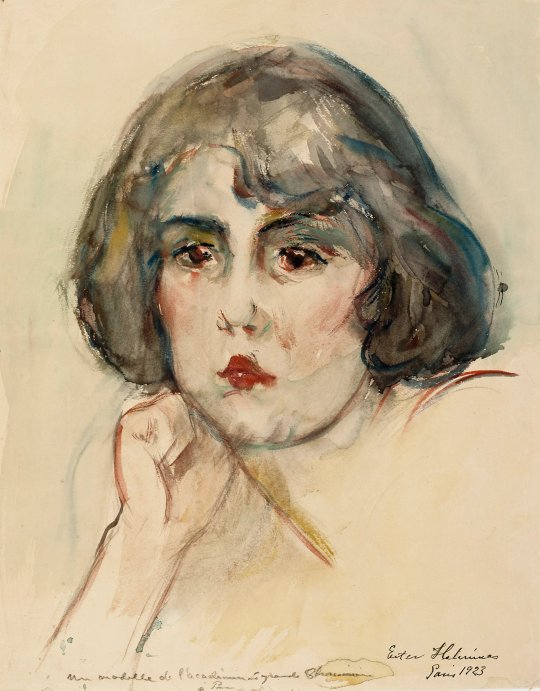
A post that was originally made in honour of lesbian visibility week in 2023. Gives you insight on eight Finnish sapphics who were born in the 1800s. Original post can be found here.

Isa Asp (1853–1872) wrote about 100 lyrical poems, and is known as the first woman Finnish poet. She became known as the "Sappho of Finland" and is considered to be Finland's first lesbian icon. Lydia Lagus, whom she met at school, was her muse (see for example "Laula, Lyydi!").
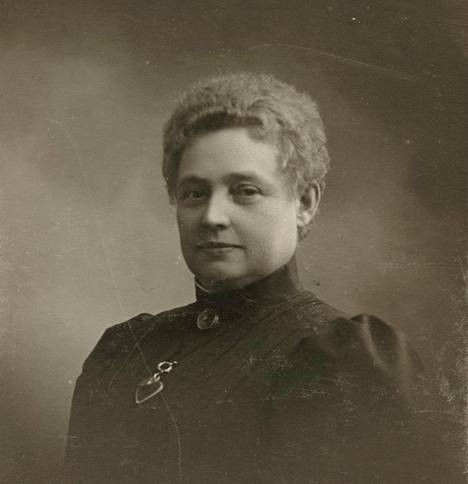
Vera Hjelt (1857–1947) was a feminist (known both nationally and internationally), social reformer, and a pioneer of occupational safety and health. She was Scandinavia's first woman vocational inspector. She never married and lived in various collectives with women.
In 1912 Vera met Victoria Heikel to whom she starting writing, as she herself named them, "love letters". Although part of their correspondence were destroyed by vera, enough letters remained for the after life to understand the nature of their relationship. After a trip with Victoria she wrote 12 poems dedicated to Victoria, one of them named "I röda rosenår" (eng. in red rose years) could loosely be translated to this: "in the heart's red rose year / i bewitched forget how / the seconds flies / when love dawns / and tenderness all life's longing rules". It's believed that "rosenröd" (eng. rose-red) was a symbol for love between women. Additionally, in Victoria's obituary Vera returns to this symbolism writing: "You were a rare radiant sunshine child, […] let us remember you vividly, as you were in your warm happiness, -- in red rose years."

Ester Helenius (1875–1955) was a Finnish artist. She never married but shared a home with suffrage activist Göta Salovius for 30 years. After Ester's death her niece found 2 unsigned poems, dedicated to Martta Helminen (with whom she spent time with in Paris in the 1920s).

Anastasie Mannerheim (1893–1978) and Sophie Mannerheim (1895–1963) were daughters of Finland's marshal. Both never married, and lived with women. Sophie lived with Alexandra "Alix" Demidoff-Depret-Bixio, and bequeathed everything to her. Alix was also buried next to Sophie in paris.
Anastasie lived with Olive Rooney, whom she met during her time as a nun at the Golders Green monastery. During a visit from her father, she introduced olive as her "petite amie" (eng. girlfriend). They first lived in Brighton and then in a nursing home where they shared a room.

Astrid Joutseno (1899–1962) was a pianist. She lived with her life partner, violinist Kerttu Wanne, in Paris until the 1950s at which time they built a house, that still exists today, in Finland. They also composed music and went on tours together.

Hilda Käkikoski (1864–1912) was a writer, teacher and member of Parliament. She lived with activist Fanny Pajula 1889–1895. She also had relationships with other women, for example Hildi Ennola (Hilda's buried alongside her), Frances Weiss, Hanna Masalin and Helmi Kivalo, that continued until her death.
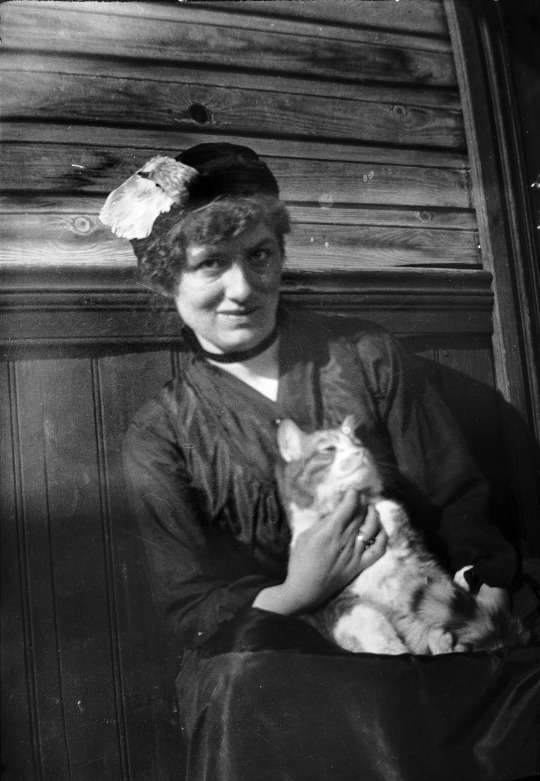
Edith Södergran (1892–1923) was a poet, and one of the first modernists within Swedish literature. Biographers have erased her potential romantic love towards fellow Swedish speaking Finnish writer Hagar Olsson, and deemed it as intellectual. However, after Hagar's first visit Södergran wrote a series of poems about sisterhood in her third poetry collection (Rosenaltaret). Additionally, in her letters to Hagar, Edith begs Hagar to visit her again. Edith also gave Hagar a ring that she would carry all her life, and she wished to be buried with it.
Moreover, Södergran's poems have lots of lesbian elements (e.g. longing & love between women), see for example "I believe in my sister" from Rosenaltaret (1919): "I have a sister. / the elf-girls wove her silk garments, / the moon virgin sprinkled dew on her breasts…/ she is delightful".
References
Finnish National Gallery, https://www.kansallisgalleria.fi/en/search?authors[]=Ester%20Helenius (Accessed 26 April 2023)
Juvonen, T. (2000). 'Finland', in B. Zimmerman, Lesbian Histories and Cultures: An Encyclopedia. New York: Garland, pp. 305–306
Juvonen, T. (2002). 'Käkikoski, Hilda Maria', in R. Aldrich and G. Wotherspoon (ed.), Who's Who in Gay and Lesbian History. From Antiquity to the Mid-Twentieth Century. London & New York: Routledge, p. 237
Kaartinen, M. (2018). 'Vera Hjelt and the calling of theosophical universal work, 1894–1904', Approaching Religion 8 (1). Available at: https://doi.org/10.30664/ar.66735 (accessed 15 April 2023)
Marjakangas, T. (2016). Oliko ensimmäinen naislyyrikkomme myös lesboikoni? ‘Meistä se ei pidä ollenkaan paikkaansa’. Available at: https://yle.fi/a/3-9285043?utm_source=social-media-share&utm_medium=social&utm_campaign=ylefiapp (Accessed 24 April 2023)
Mononen, S. (2022). 'Tove Jansson ja Tuulikki Pietilä ovat ikoninen naispari, mutta naisten välistä rakkautta käsitellään taidenäyttelyissä harvoin: Tammisaaressa avautunut kokonaisuus tekee poikkeuksen', Helsingin Sanomat. Available at: https://www.hs.fi/kulttuuri/art-2000008631643.html (Accessed 26 April 2023)
Märtha. (2017). 'Föregångarkvinnor 14', OrdOdlaren. Available at: https://ordodlaren.wordpress.com/tag/vera-hjelt/ (Accessed 25 April 2023)
N.N. (1892). 'Vera Hjelt', Idun. Partisk veckotidning för kvinnan och hemmet. Available at: http://www2.ub.gu.se/fasta/laban/erez/kvinnohistoriska/tidskrifter/idun/1892/pdf/1892_12.pdf (Accessed 25 April 2023)
Palin, T. (2013). 'Musings on the monograph: The artistic career of Ester Helenius in the light of the art-and-life model', in J. Vakkari and R. Suominen-Kokkonen (ed.), The challenges of biographical research in art history today. Helsinki: The Society for Art History in Finland, pp. 37–50
Palin, T. (2015). 'Myöhään kukkiva lajike. Iän merkitys Ester Heleniuksen vastaanotossa ja julkisuuskuvassa', in V. Parente-Čapková, H. Grönstrand, R. Hapuli and K. Launis (ed.), Nainen kulttuurissa, kulttuuri naisessa.Turku: Turun Yliopisto, pp. 293–320. https://urn.fi/URN:NBN:fi-fe2015121724780 (Accessed 26 April 2023)
Pallaste, T. (2013). 'Esikoistytär jätti luostarin ja löysi neiti Rooneyn', Helsingin Sanomat, Available at: https://www.hs.fi/kuukausiliite/art-2000002659108.html (Accessed 27 April 2023)
Pallaste, T. (2017). 'Mannerheimin tyttärien vaietut elämät: hauras Stasie eli nunnana ja levoton Sophy pakeni Pariisiin – lopulta kumpikin eli suhteessa naisen kanssa', Helsingin Sanomat. Available at: https://www.hs.fi/kuukausiliite/art-2000005433998.html (Accessed 27 April 2023)
Pallaste, T. (2013). 'Nuorempi tytär haudattiin ystävättärensä viereen', Helsingin Sanomat. Available at: https://www.hs.fi/kuukausiliite/art-2000002659109.html (Accessed 27 April 2023)
Södergran, E. (1919). Rosenaltaret. Helsingfors: Schildt
Toresan. M. (2022). Female Identity and Sisterhood in Edith Södergran's Poetry [Bachelor's Thesis]. Uppsala: Uppsala Universitet. Available at: https://www.academia.edu/77227381/Female_Identity_and_Sisterhood_in_Edith_S%C3%B6dergran_s_Poetry (Accessed 29 April 2023)
Vuorinen, V. (2020). 'Kokoelmanosto: Kurkistuksia taiteilijaelämään', Turku.fi. Available at: https://www.turku.fi/blogit/kukkuu-kokoelmista/kokoelmanosto-kurkistuksia-taiteilijaelamaan (Accessed 28 April 2023)
Välimäki, S. (2021). 'Wanne, Kerttu', Kansallisbiografia. Helsinki: Suomalaisen Kirjallisuuden Seura. Available at: http://urn.fi/urn:nbn:fi:sks-kbg-010170 (Accessed 28 April 2023)
Wikander, U. (2018). 'Kvinnokärlek, kärleksbeundran och romantisk vänskapskärlek --Vera Hjelt och Victoria Heikel 1912-1919', in E. Borgström (ed.), Den kvinnliga tvåsamhetens frirum: Kvinnopar i kvinnorörelsen 1890-1960. Stockholm: Appell förlag, pp. 104–136
#19th century#lesbian#sapphic#wlw#finland#edith södergran#hagar olsson#hilda käkikoski#fanny pajula#hildi ennola#frances weiss#hanna masalin#helmi kivalo#astrid joutseno#kerttu wanne#anastasie mannerheim#sophie mannerheim#olive rooney#alexandra demidoff#ester helenius#göta salovius#vera hjelt#victoria heikel#isa asp#lesbian visibility week#historical lesbians#photography#art
46 notes
·
View notes
Text
Oikeesti oon niin vihanen siitä, että Tampereella on patsas Mannerheimista. Siitä tyypistä, joka tunnetusti johti Valkosia ja soti Tampereella, työläiskaupungissa, Punasia vastaan. Ja sitten kun voitti siitä pystytettiin helvetin patsas ihan vaan vittuiluks.
#mannerheim puolustajat dni#suomitumblr#suomitumppu#suomi#suomipaskaa#politiikka#vittu#saatana#perkele#carl gustaf emil mannerheim#oon myös vihanen siitä että suomen kuvalehti sano sitä 'homoikoniks'#se on vittu porvaripaskaa#kukaan itteensä kunnioitava homo ei ihaile sitä
24 notes
·
View notes
Text
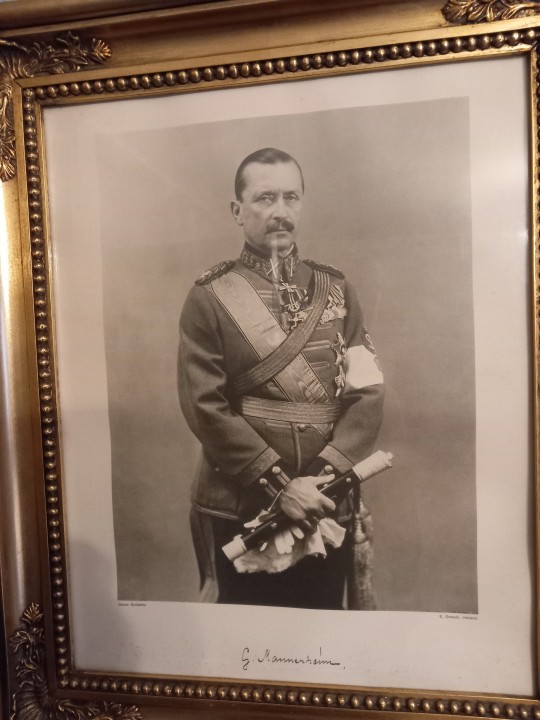
“Fortifications, artillery, and foreign aid will be of no value unless the ordinary soldier knows that he is defending his country.”
5 notes
·
View notes
Quote
You people overreact to the phrase "human experimentation," but where would medicine be today without it?
Mannerheim
2 notes
·
View notes
Photo

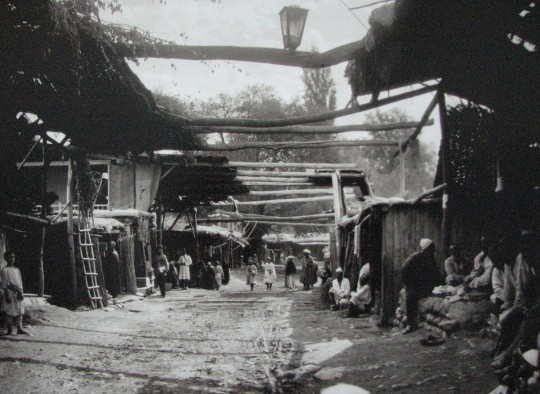
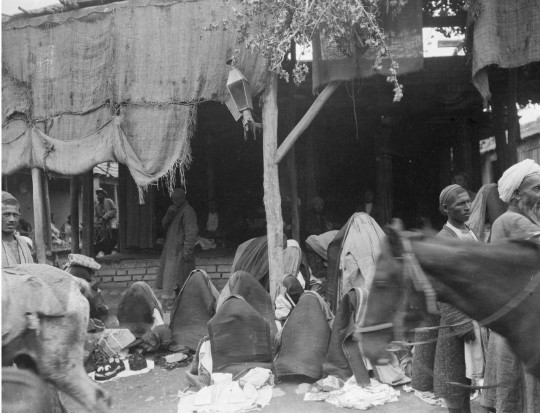
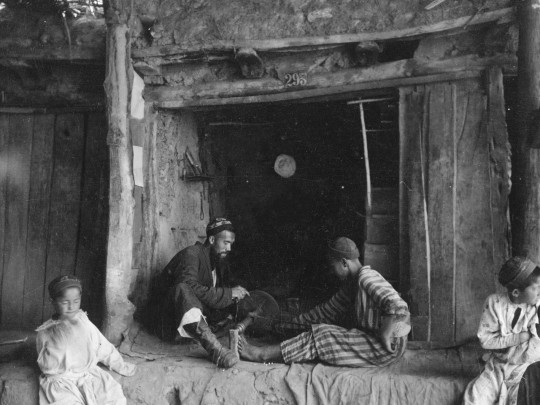
The central bazaar in Osh, Kyrgyzstan, photographed by Carl Gustaf Emil Mannerheim, 1906. Today, as it has for centuries, the bazaar remains along the bank of the Ak-Buura river. (source)
44 notes
·
View notes
Photo

12 notes
·
View notes
Text
The Finnish government’s hostility to the Soviet Union had not basically changed since Mannerheim told the London ‘Times’ in 1919 that Finland’s historic mission was to drive Bolshevism from Leningrad:
“I strove deliberately and wittingly to create the foundations for our relations with Russia of the future by military action having for its objects the liberation of the capital of former Russia, together with a territory large enough to permit of the establishment of a stable and healthy minded Russian government, and thus to remove from our frontiers the peril of Bolshevism” .
*the_price_is_wrong.flac*
#boy that mannerheim guy sure was a fervent anticommunist. say i wonder who introduced the swastika to the airforce#i also wonder if he had any affiliations w say the 1930s german government#im sure those two things r unrelated since every english source on why finland used the swastika tells me theyre unrelated#weird coincidence both r on a blank white circle bg when the sanskrit swastika usually draws attention to the center of a complex geometry
83 notes
·
View notes
Text
Lillemor Mannerheim, Gefle, Sweden, "Narciss", mid 20th century
Available at auctionet.com
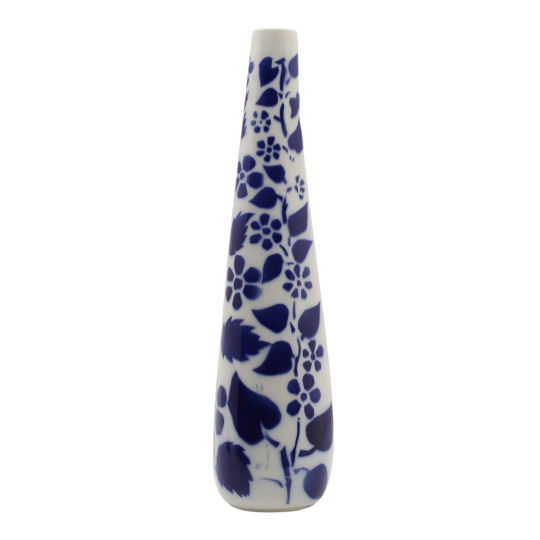

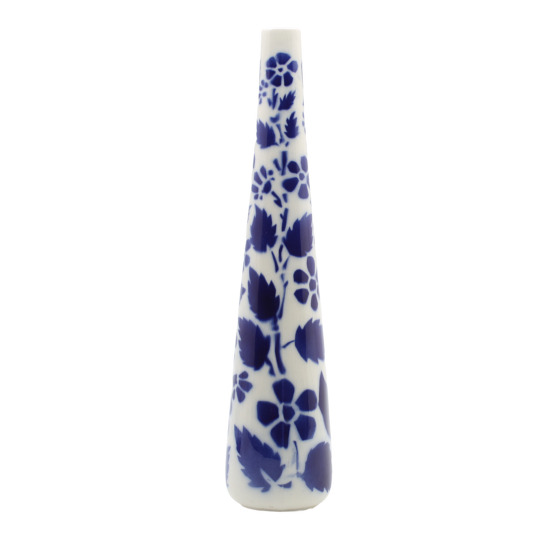



2 notes
·
View notes
